Hydroelectric power plant converts the kinetic energy of running water into electricity. The amount of produced energy and the current power of the power plant depends on the drop and flow of water. On the experimental model, the flow and drop are manually variable. The water flow can be changed with a ball water valve and the drop with a vertical movement of the water reservoir with the lifting system.
By switching the three-way toggle switch, the DC electric motor starts rotating the vertical threaded rod via a worm gearbox and the water reservoir is moving up or down. A M18 nut is installed in the bottom of the water reservoir. Depending on the direction of the threaded rod rotation, nut moves the water reservoir up or down. The DC motor is powered by 12 VDC power supply, over an H-bridge BTN8982TA controlled by a microcontroller Arduino Uno.
Current power of the hydroelectric power plant can be calculated by the equation:

Pelton turbine is installed in the model, which is suitable for hydroelectric power plants with low flows and large drops. The water pipeline from water reservoir is connected to the housing of the model. It ends with a nozzle that directs high-speed stream of water against a series of spoon-shaped buckets, also known as impulse blades, which are mounted around the outer rim of a drive wheel (the runner). As the water jet hits the blades, the direction of water velocity is changed to follow the contours of the blades. The impulse energy of the water jet exerts torque on the buckets of Pelton turbine, spinning the turbine, the water jet does a "u-turn" and exits at the outer sides of the bucket, decelerated to a low velocity. In the process, the water jet's momentum is transferred to the turbine axle connected to the generator (BLDC motor GARTT ML 6011 130KV). The alternating voltage at the generators output is rectified with Graetz circuit (bridge) into constant voltage measured by analog input on Arduino. Depending on the voltage amplitude, the MCU Arduino Nano turns ON the number of LED-iods on the RGB programmable LED strip ws2813 and adjusts the color of the individual LED-iod.
All STL files are available on Thingiverse.
All Arduino codes are available on Github
All 3D models are available on GrabCAD.


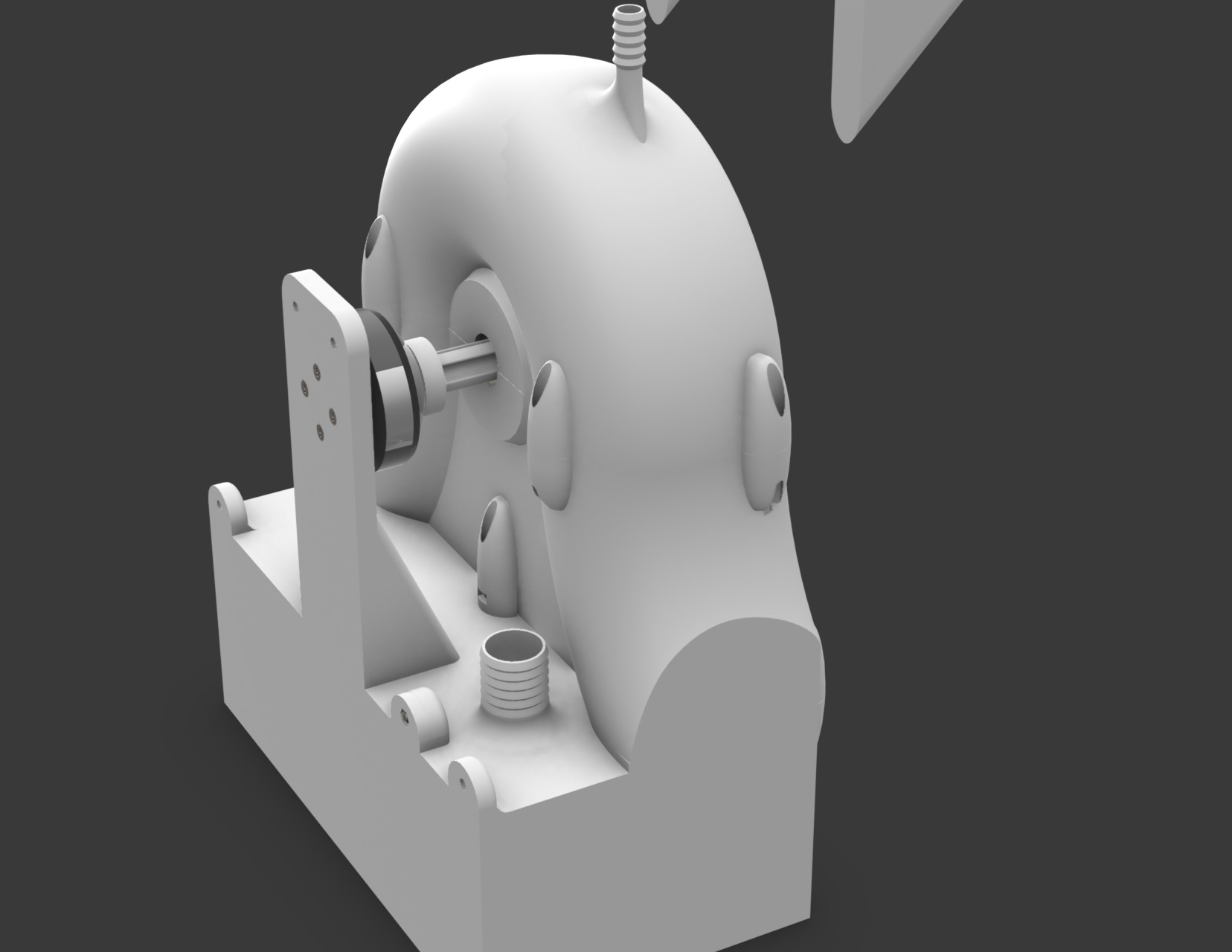
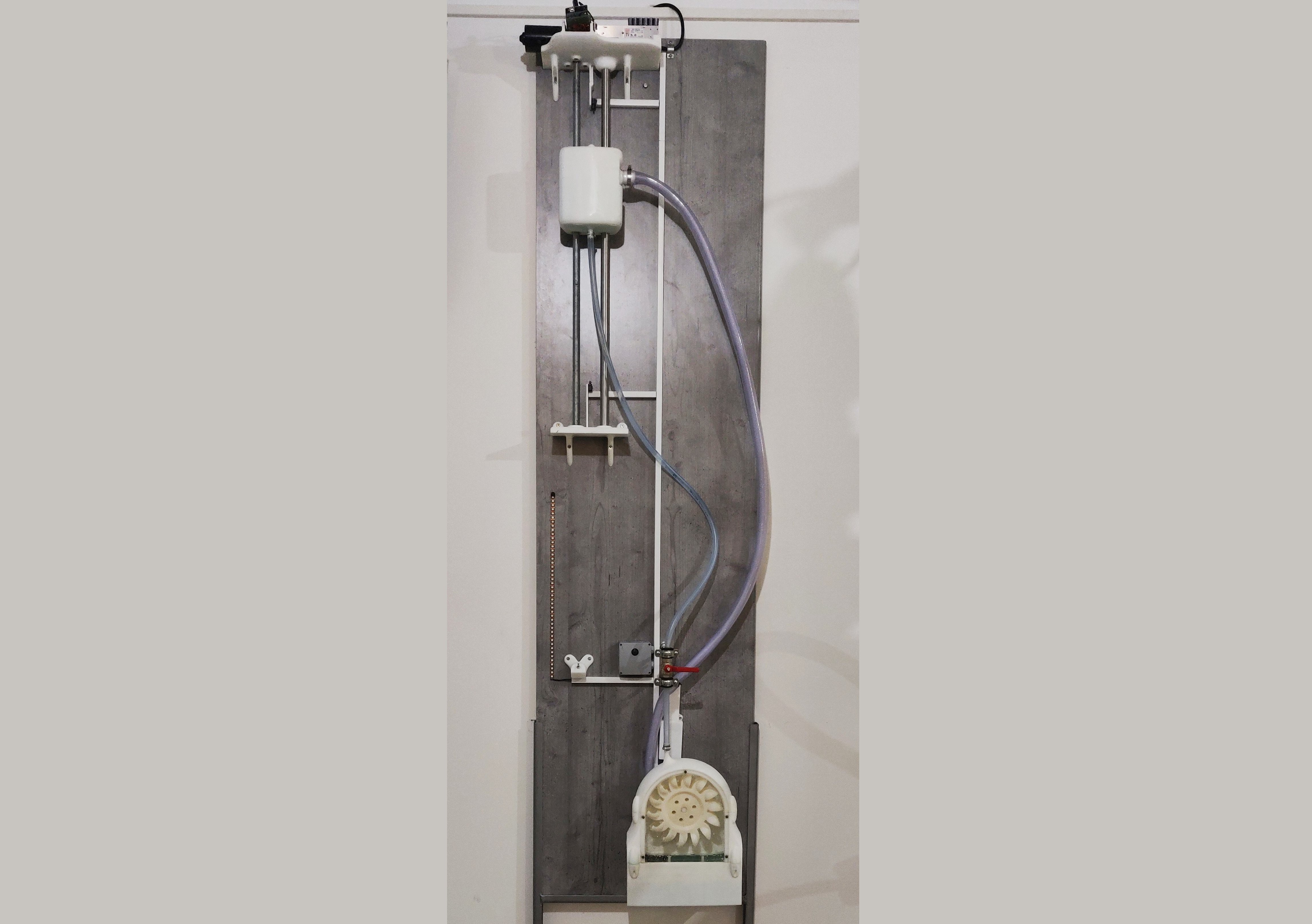


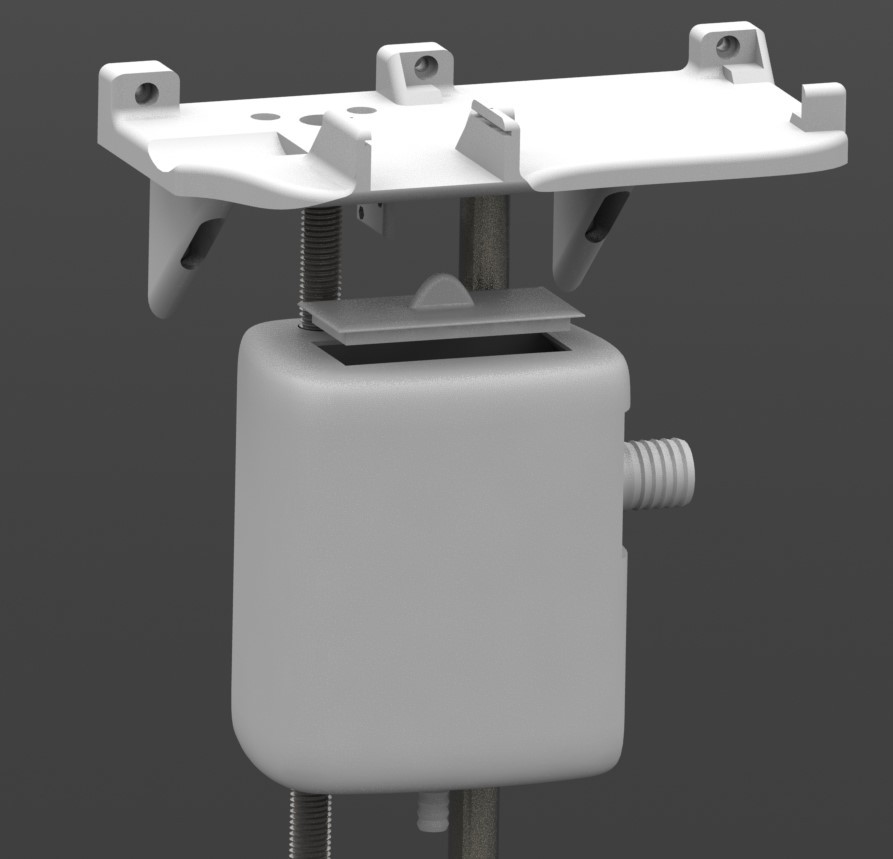
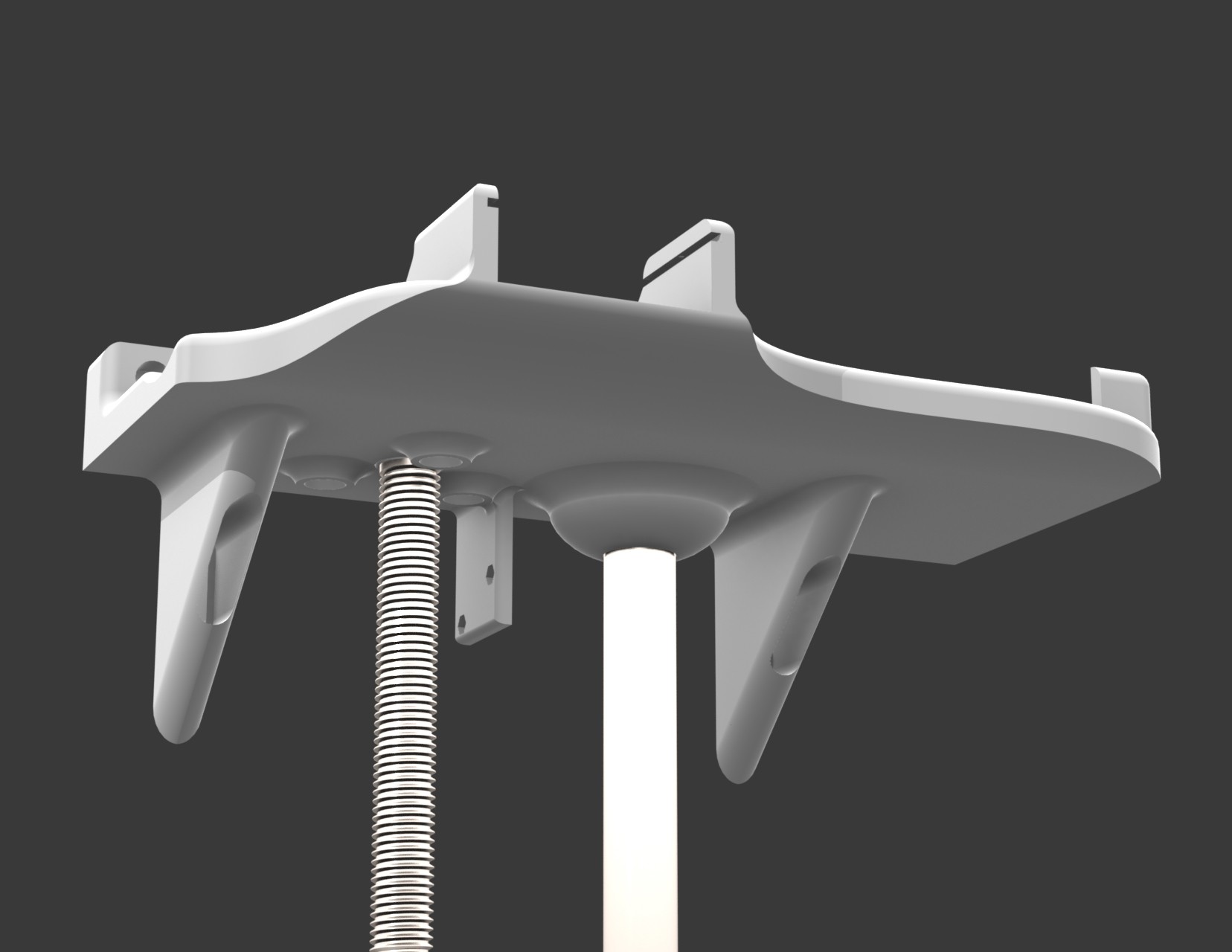
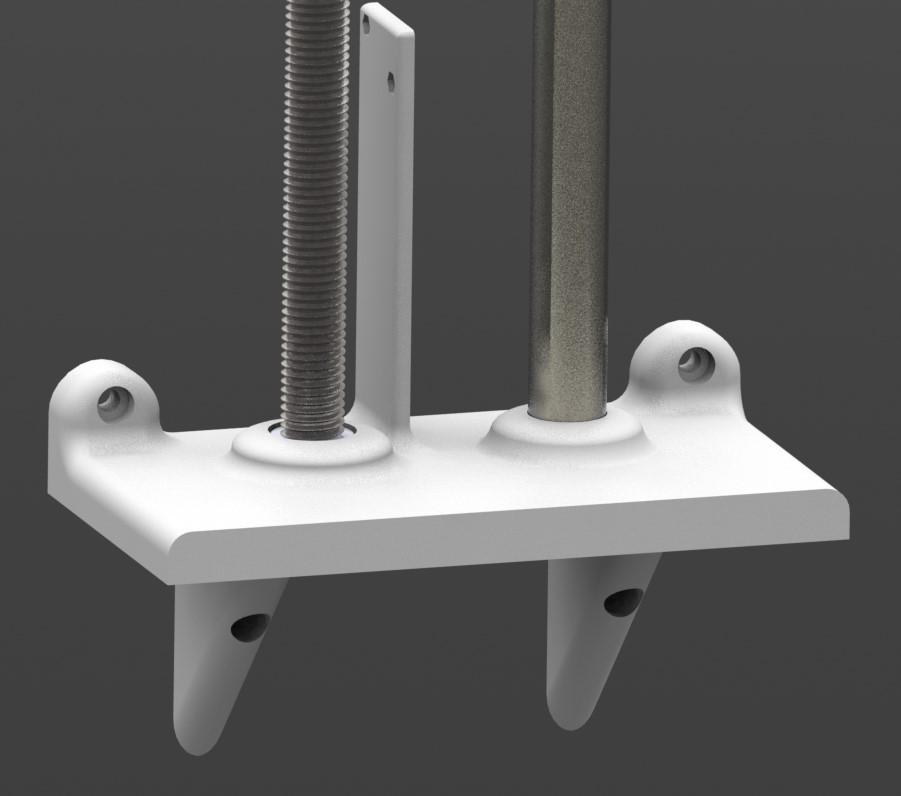

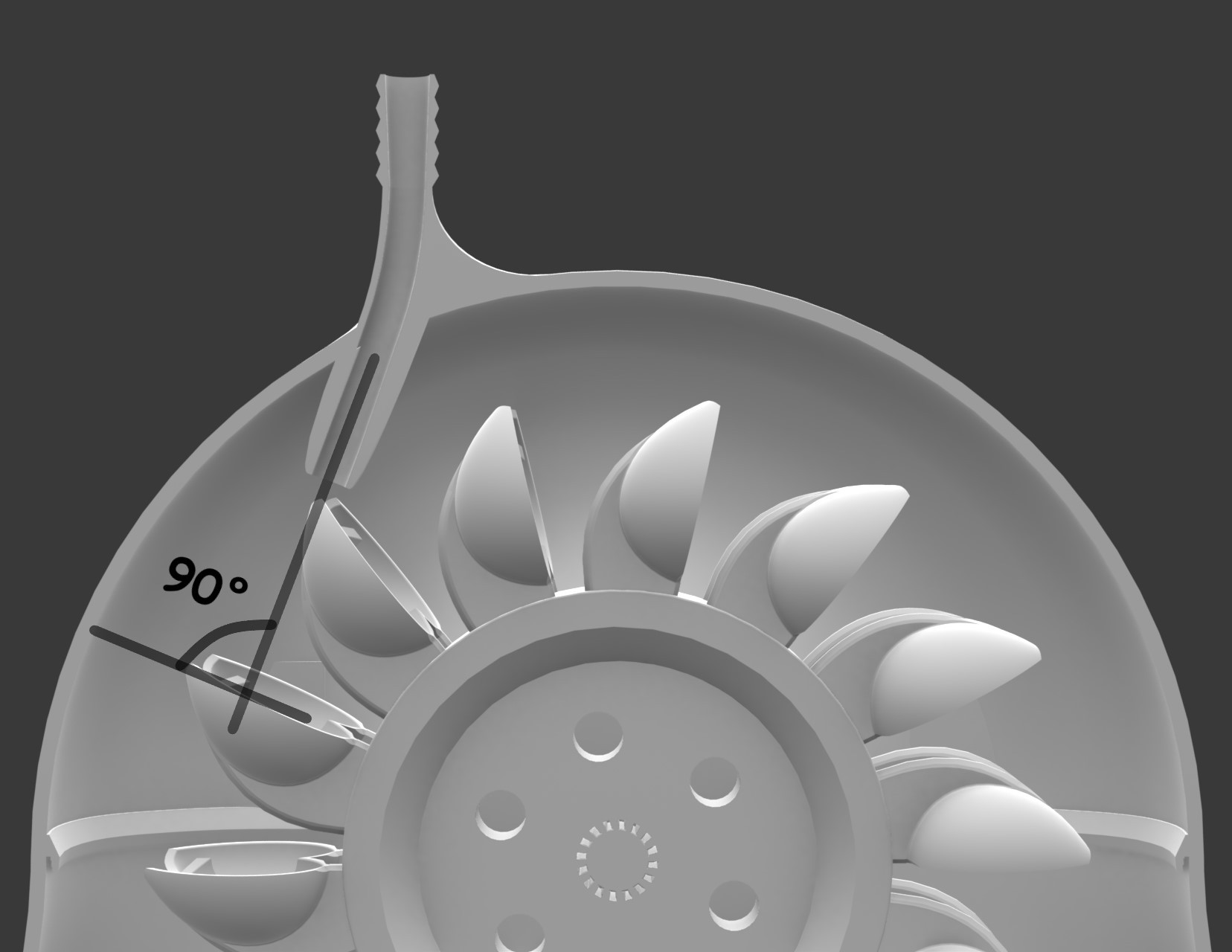
 Matic Markovič
Matic Markovič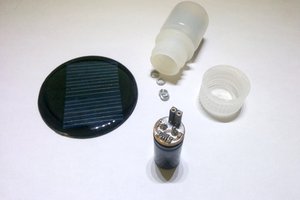
 atomkemp
atomkemp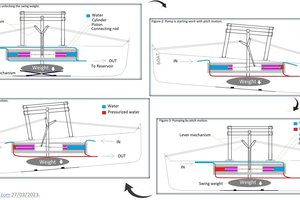
 Md. Moniruzzaman
Md. Moniruzzaman
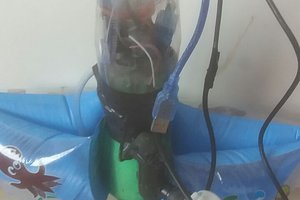
 Shreyasvi Natraj
Shreyasvi Natraj